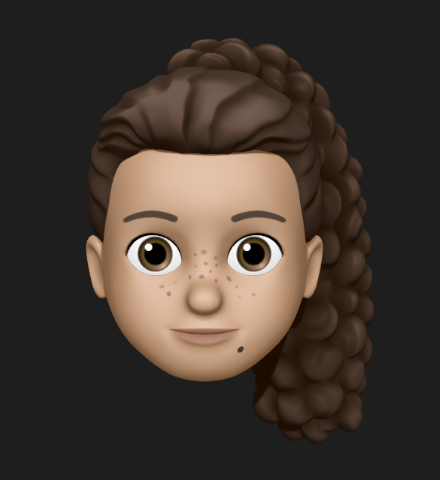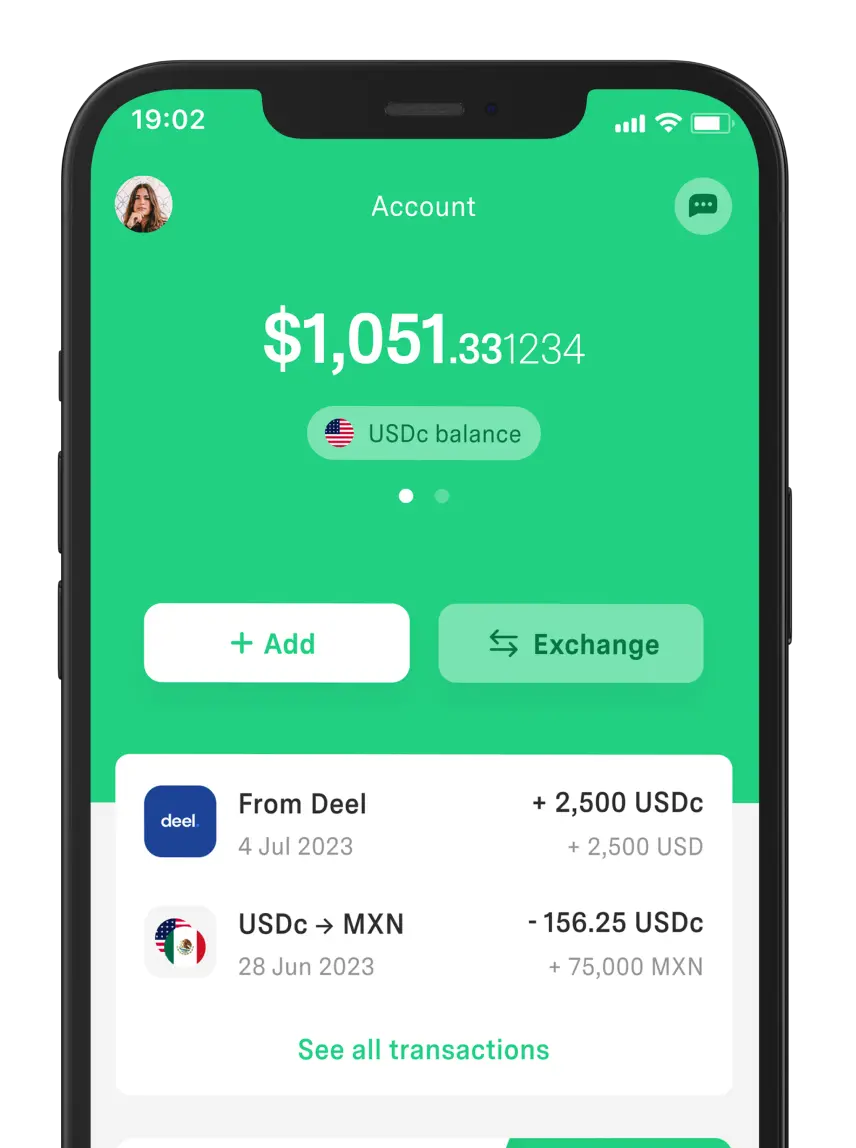 Your Money
Your Money What Are Personal Finance and How to Manage It
Your personal finances summarize your relationship with money. Discover why they matter and what to do to start managing them well.



When it comes to ways of generating income, trading is a popular option. However, some people dive in without truly understanding what a trader does or which type of strategy fits their profile best.
As a result, they end up making impulsive decisions and costly mistakes that lead them to quit early.
If you're thinking about becoming a trader and want to avoid this, keep reading. In addition to explaining what a trader is, we’ll go over the different trading styles and how to start off on the right foot.
A trader is someone who specializes in buying and selling financial instruments with the intention of making a profit. These instruments can include stocks, commodities, currencies, cryptocurrencies, and derivatives (such as futures or options).
The main goal is to buy low and sell high, adapting their strategy to the volatility of each market. However, they don’t act alone. To operate, a trader needs a broker—an authorized intermediary that connects their orders to the actual market.
Beyond buying and selling assets, a trader analyzes, plans, and executes trades in the financial markets.
Here are the essential tasks they perform on a daily basis:
Before trading, the trader reviews how international markets closed—especially those that were open overnight, as their behavior can influence the current day’s asset performance.
They stay up to date with news that might impact the markets and economic reports or indicators. A change in interest rates or geopolitical conflict can shift daily trends, and the trader must be ready to act quickly.
Traders also evaluate which assets show potential to generate returns using technical analysis tools. These help identify the best entry and exit points.
They analyze whether an asset has enough trading volume to enter and exit positions easily.
In markets like forex, they also consider volatility and the current exchange rate, as it directly affects their results.
They define how many trades they’ll make, which assets to trade, and their target returns. At the same time, they establish limits to cut losses or secure profits, all within a well-defined risk management framework.
Traders can be classified into different categories based on how they work and the time horizon of their trades.
Below are the most common types of traders:
Scalper. These traders open and close trades within seconds or minutes to earn small, fast profits. The goal is to execute multiple transactions each day.
Day Trader. Focused on profiting from intraday price movements. They don’t leave trades open overnight.
Swing Trader. They may keep positions open for several days or even weeks to capture medium-term trends.
Position Trader or Long Trader. They take a long-term approach, holding investments for weeks, months, or even years. This profile typically involves greater capital and risk tolerance, capable of withstanding short-term market fluctuations.
Algorithmic Trader. These traders use software programs based on algorithms to execute automated trades according to pre-set patterns and rules.
Independent Trader. These individuals trade with their own capital, usually from home and through online platforms.
Professional or Salaried Trader. They work for financial institutions or companies, managing client funds or corporate capital.
The roles and decisions of each trader type largely depend on their strategy—as well as the asset being traded, the time frame used, and the amount of capital involved.
The world of trading demands preparation, consistency, and a solid strategy to navigate the markets with confidence and clarity.
Trading: How to Start:
The first step is to decide what type of trader you want to be. This choice will depend not only on your personal style but also on how much time you can dedicate to the market and your risk tolerance.
Do you only have a few minutes a day and want fast results? Scalping might be your best option.
Prefer to analyze things more calmly? Swing trading or position trading might be a better fit.
What matters here is being realistic. You can’t adopt a strategy that requires constant monitoring if you already have a full-time job, for instance.
Being a trader also means mastering certain skills to navigate the markets effectively, such as:
Knowing how to perform quantitative analysis to objectively interpret data, numbers, and charts.
Making decisions under pressure, as market movements don’t wait.
Understanding how the financial market works to recognize signals that indicate possible trend changes.
These abilities don’t develop overnight—you’ll need to work on them.
Not all assets behave the same way.
As a beginner, it's best to focus on assets with stable behavior and good liquidity—such as shares from well-established companies or major currency pairs (EUR/USD or USD/JPY).
There are also more conservative instruments like UDIS. While not part of traditional speculative trading, they can complement your portfolio if you're looking to diversify into low-risk, long-term assets.
Do you need to study to become a trader?
Trading requires continuous learning. While there's no mandatory degree to become a trader, some university degrees offer a solid foundation:
Economics.
Finance.
Statistics.
Accounting.
Systems Engineering.
Business Administration.
You can also gain the necessary knowledge through additional training—such as diplomas, master’s degrees, or courses specifically focused on trading, like TN University.
Part of trading success is understanding how much you can earn and how much you're willing to lose. This includes controlling factors like:
Position size.
Leverage.
Asset volatility.
You should also learn to use tools like stop-loss (to limit losses) and take-profit (to secure profits).
You can't just enter the market without a strategy—it’s like driving without a destination.
You can follow an existing strategy or build your own using technical analysis, indicators, or chart patterns. The key is to define when to enter, when to exit, and under what conditions.
Choose a strategy you understand, can master, and apply consistently.
To become a trader, you also need the right setup:
A reliable internet connection.
A device (computer or mobile).
An account with a trusted broker.
And, of course, a trading platform like MetaTrader, which is the software where you'll analyze markets and execute your trades.
Before jumping into the market and risking real money, use a demo account to test your strategies and get familiar with the tools. That way, you can prepare without pressure and fix mistakes without financial consequences.
Keep a record of your trades to analyze what worked, what didn’t, and how to improve your strategy.
We’ve already clarified what a trader is and how to become one. While this activity offers freedom and profit potential, it also comes with real risks and challenges.
So if you're thinking about becoming a trader, check out this summary of its main advantages and disadvantages:
Pros | Cons |
You have flexible hours, depending on your trading style. You can work from anywhere with an internet connection. Requires less starting capital than traditional investing. You don’t need a specific degree to get started. You can trade in both bullish and bearish markets. There’s potential to earn profits in short timeframes. | High exposure to market volatility. Leverage can amplify losses. Stress and pressure may affect your mental well-being. |
Being a trader can offer fast profit opportunities and low initial capital requirements. But the flip side is that there are real risks and a constant learning curve.
That said, if you prepare properly and use the right tools, you’re very likely to get the results you’re aiming for. Not just with a solid trading platform—but also financial tools like DolarApp, especially if you're starting as an independent trader operating in international markets.
DolarApp is an app designed to manage digital dollars (USDc) and digital euros (EURc). Through it, you can send and receive money internationally, and exchange currencies at a competitive rate.
So if you need an efficient way to move digital dollars or euros, DolarApp can be your ally.

Los países tienen fronteras. Tus finanzas, ya no.
 Your Money
Your Money Your personal finances summarize your relationship with money. Discover why they matter and what to do to start managing them well.

 Your Money
Your Money European currencies go beyond the euro, as not all countries use it. Here’s the complete list of currencies by country.

 Your Money
Your Money In this post, we'll teach you how to convert your gross salary to net salary in Mexico so you know how much you really earn from your work.


